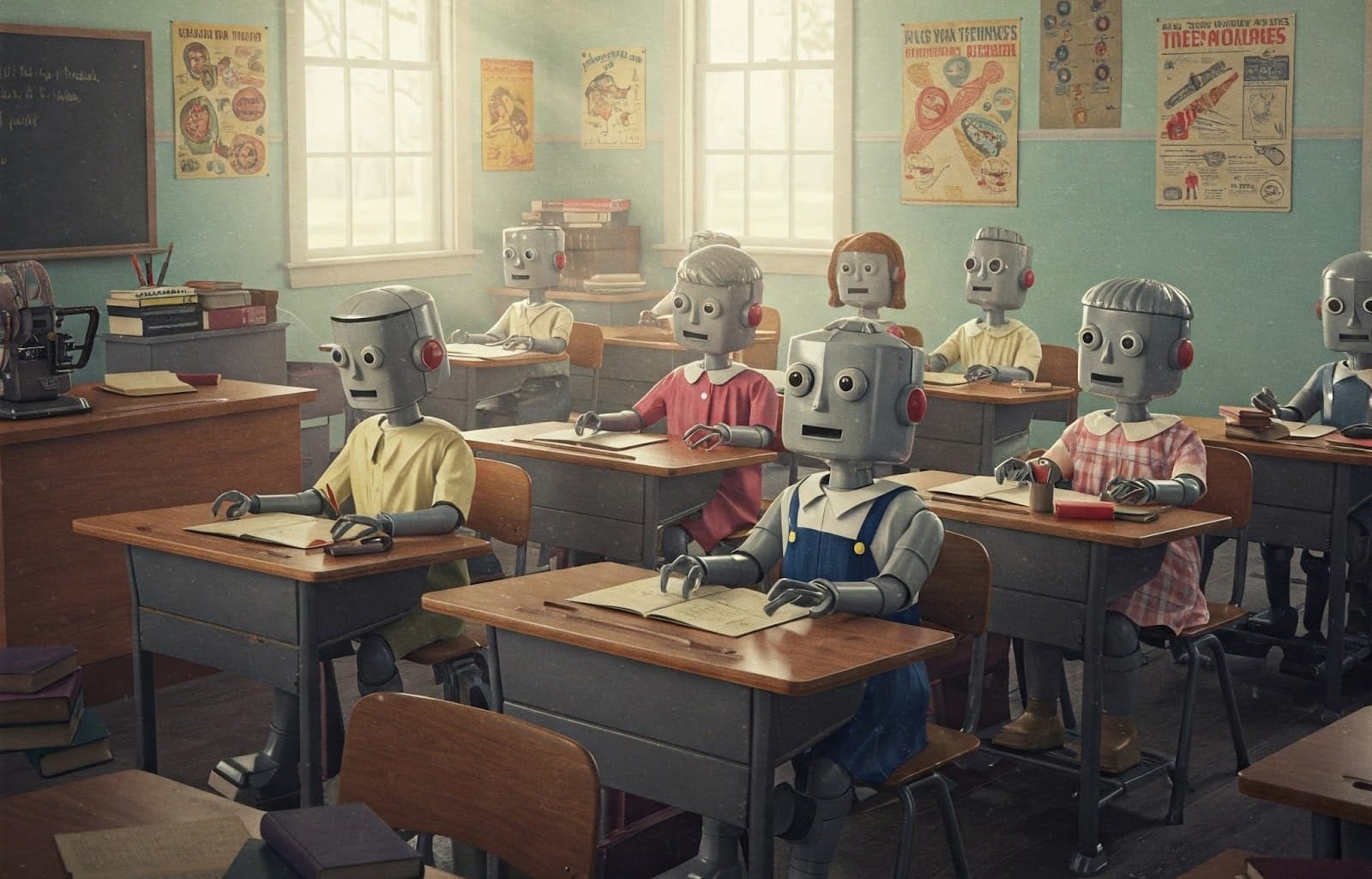"Rapid advances in AI are beginning to reshape national security. Destabilizing AI developments could rupture the balance of power and raise the odds of great-power conflict, while widespread proliferation of capable AI hackers and virologists would lower barriers for rogue actors to cause catastrophe.
"Superintelligence – AI vastly better than humans at nearly all cognitive tasks – is now anticipated by AI researchers. Just as nations once developed nuclear strategies to secure their survival, we now need a coherent superintelligence strategy to navigate a new period of transformative change. We introduce the concept of Mutual Assured AI Malfunction (MAIM): a deterrence regime resembling nuclear mutual assured destruction (MAD) where any state’s aggressive bid for unilateral AI dominance is met with preventive sabotage by rivals.
"Given the relative ease of sabotaging a destabilizing AI project --through interventions ranging from covert cyberattacks to potential kinetic strikes on datacenters – MAIM already describes the strategic picture AI superpowers find themselves in. Alongside this, states can increase their competitiveness by bolstering their economies and militaries through AI, and they can engage in nonproliferation to rogue actors to keep weaponizable AI capabilities out of their hands.
"Taken together, the three-part framework of deterrence, nonproliferation, and competitiveness outlines a robust strategy to superintelligence in the years ahead." - Eric Schmidt, Dan Hendryks, and Alexandr Wang, March 2025
Former Google CEO and Chairman Eric Schmidt, Center for AI Safety (CAIS) director Dan Hendryks, and Scale AI CEO Alexandr Wang teamed up to write the just-released report, "Superintelligence Strategy," a sober look at what the coming Age of Superintelligence may mean for national security, and advocating strategies and tactics that nations should take to avoid catastrophe.
The authors of the report compare AI's reshaping of national security imperatives to the realities of the Cold War era, suggesting that the doctrine of Mutually Asssured Destruction (MAD) from the early 1960s is a necessary strategy to follow today through the concept of Mutual Assured AI Malfunction (MAIM). Similarly, just as the Cold War brought us the concepts of deterrence, nonproliferation, and nuclear weapon competitiveness, MAIM suggests a similar strategy for the Superintelligence Era.
"Superintelligence Strategy" is available at nationalsecurity.ai, Note that the site offers two versions of the PDF: a 12-page "standard" version and a 41-page "expert" version, along with standard and expert versions of audio recordings of the report.









